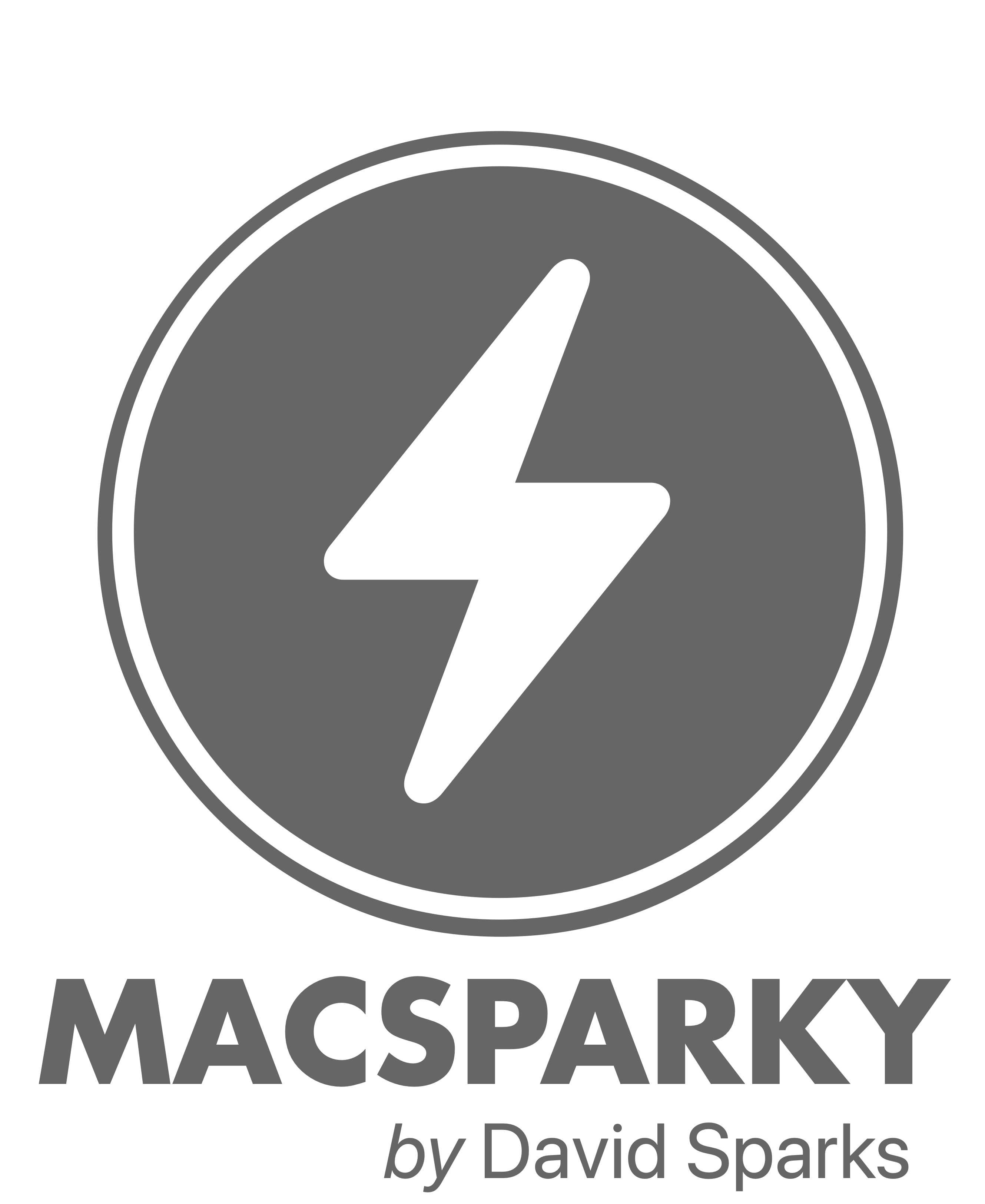There’s something in me that can’t resist poking fun at Monster Cable every time the opportunity presents itself. I’ll grant you that “Monster” is a great name if you’re starting a cable business but I don’t feel like it’s enough to justify their cost or filing lawsuits.
Monster had a piece of Beats before Apple bought them. They sold their interest and now probably regret it. So they brought a lawsuit that Billboard reports was dismissed on summary judgment.
Apparently, Monster litigates a lot. According to Wikipedia, by 2009, Monster made 190 US Patent and Trademark Office filings and filed 30 lawsuits. Examples include disputes with Discovery Channel for making a show called Monster Garage and a claim against Disney for making a movie called Monsters, Inc.
By far, however, my favorite was the Monster dispute with Blue Jeans Cable. Blue Jeans Cable is an outstanding small supplier of cables. (I’ve purchased several of their HDMI cables over the years.) In 2008, Monster sent a patent infringement letter to Blue Jeans and the CEO (a former litigation attorney) wrote back with the best response to a cease and desist letter I’ve seen in my 23 years of practicing law. I know I’ve linked this before but given today’s news, how could I resist?
You should really read the whole thing but here’s just a taste:
data-animation-override>
“I am “uncompromising” in the most literal sense of the word. If Monster Cable proceeds with litigation against me I will pursue the same merits-driven approach; I do not compromise with bullies and I would rather spend fifty thousand dollars on defense than give you a dollar of unmerited settlement funds. As for signing a licensing agreement for intellectual property which I have not infringed: that will not happen, under any circumstances, whether it makes economic sense or not.”


